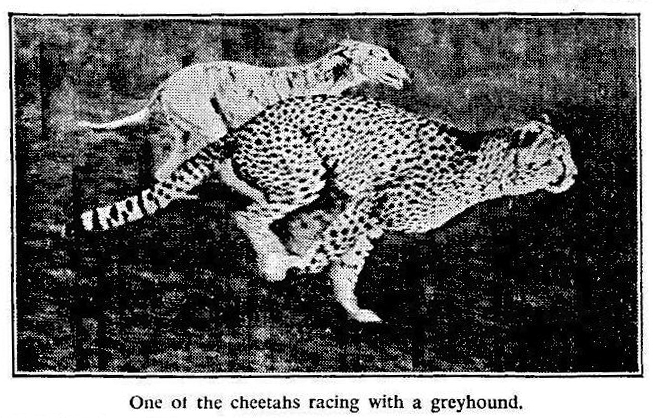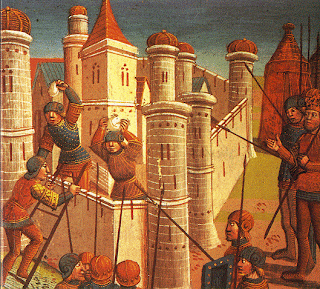In 1832, Dennis Collins an able seaman who had lose a leg at
the battle of Trafalgar, limped 21 miles from London to Ascot, where he
attended the races and threw a stone at King William IV as a protest against
the removal of his pension rights. The stone dented the King’s top hat and
Collins was sentenced to be hanged.
This was later commuted to deportation, but Collins died
before he could be shipped out to the Caribbean .








